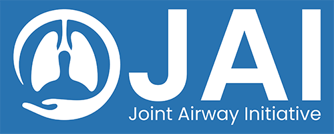
Yoga poses for better breathing and better life
Yoga can hold significant importance for asthma patients due to its potential benefits in managing
symptoms and improving overall well-being. Here are some key yoga asanas and their benefits for respiratory patients.

Sukhasana
Steps: Sit cross-legged on the floor, keeping your back straight and relaxed.
Benefits: Promotes relaxation and reduces stress, which can help manage asthma symptoms.
Bhujangasana (Cobra Pose)
Steps: Lie on your stomach, place your hands under your shoulders, and lift your chest while
keeping your lower body on the ground.
Benefits: Expands the chest, improves lung capacity, and enhances respiratory function.
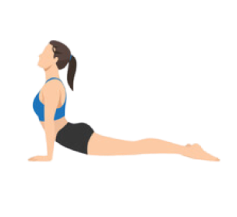
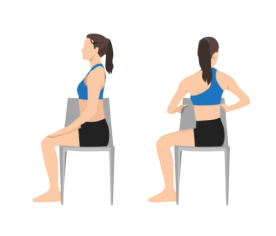
Ardha Matsyendrasana (Half Spinal Twist)
Steps: Sit with your legs stretched out, bend one leg and place the foot on the other side of the
opposite knee, twist your torso towards the bent leg.
Benefits: Helps open up the chest, improving breathing and lung capacity.
Setu Bandhasana (Bridge Pose)
Steps: Lie on your back, bend your knees, place your feet hip-width apart, and lift your hips off
the ground while pressing your feet and arms into the floor.
Benefits: Strengthens the respiratory muscles and opens up the chest, facilitating better
breathing.
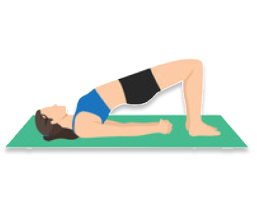

Matsyasana (Fish Pose)
Steps: Lie on your back, lift your chest, place the top of your head on the floor, and arch your
back while keeping your legs relaxed.
Benefits: Expands the chest, stretches the lungs, and promotes deep breathing, aiding in asthma
management.
Shavasana (Corpse Pose)
Steps: Lie flat on your back, close your eyes, and relax your entire body, focusing on deep,
rhythmic breathing.
Benefits: Induces relaxation, reduces stress, and can help alleviate asthma symptoms triggered by
anxiety.
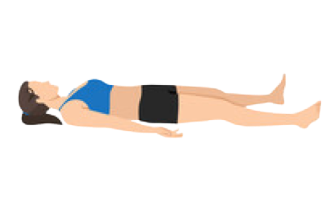
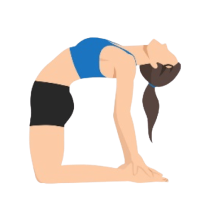
Ustrasana (Camel Pose)
Steps: Kneel on the floor, place your hands on your lower back, and gently arch your back while
pushing your hips forward.
Benefits: Opens up the chest, stretches the respiratory muscles, and improves breathing capacity.
Pavanamuktasana (Wind-Relieving Pose)
Steps: Lie on your back, hug your knees to your chest, and gently rock from side to side to
release any trapped gas.
Benefits: Helps release trapped gas and improve digestion, which can indirectly benefit asthma
symptoms.


Ujjayi Pranayama (Victorious Breath)
Steps: Sit in a comfortable position, close your eyes, and constrict the back of your throat while
inhaling and exhaling deeply, creating a soft ocean-like sound in your throat.
Benefits: Calms the mind, reduces anxiety, and promotes deep, controlled breathing, aiding in
asthma management.
